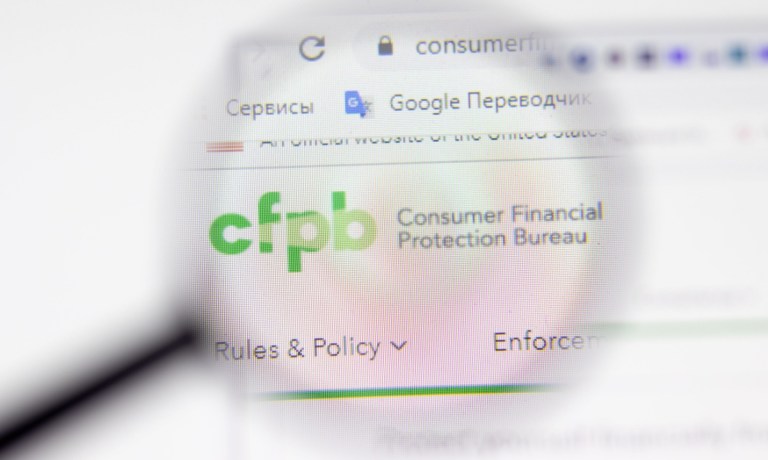
Perhaps the most frequently asked question that will come in the wake of the Consumer Financial Protection Bureau’s (CFPB’s) publication of a “frequently asked questions” (FAQs) page pertaining solely to buy now, pay later (BNPL) lenders might be this one:
“What comes next?”
The FAQ page, accessible here, was announced by the Bureau last month.
And while the goal is to help those providers comply with guidelines governing the (relatively nascent) BNPL sector, we note that much in the regulatory space is changing, with an interpretive rule helping pave the way for those changes.
“The CFPB does not intend to seek penalties for violations of the rules addressed in the interpretative rule against any Buy Now, Pay Later lender while it is transitioning into compliance in a good faith and expeditious manner,” CFPB Director Rohit Chopra wrote. “We expect that other federal and state regulators will follow the same path.”
That may give BNPL providers some relief, but in at least some cases, a reckoning of their business models will be in order.
Generally speaking, BNPL companies are being classified as credit card providers and must provide the same rights — tied to disputes and refunds — that the more traditional providers of credit have offered to users for years.
Drilling down into the FAQ page, which has been updated as of Wednesday (Sept. 18), the CFPB note that there can are differing business models among BNPL providers. Some BNPL products levy interest or finance charges but “most do not,” and some BNPL products assess late fees for missed payments.
The CFPB added that pay-in-four BNPL loans are covered by Regulation Z, also known as the Truth in Lending Act (TILA). The TILA requires lenders to, among other things, disclose interest rates and other data to borrowers. In many cases, lenders are required to assess a consumer’s ability to repay a given loan.
But there are some exceptions: The language on the site adds that the pay-in-four BNPL loans are covered because they are, effectively, credit cards and charge cards. But in one example, with a nod to covered digital accounts, not everything may be black and white.
“For example, if a consumer’s digital user account with BNPL Loan Provider A is only used to access a stored credit card from Credit Card Company B, then the digital user account with BNPL Loan Provider A would not constitute a credit card under Regulation Z,” the CFPB wrote.
Other exceptions are mentioned, such as when it comes to how BNPL enterprises provide information to their users — and when. Pay-in-four loans must be subject to periodic statements passed along to borrowers, for a debt or credit balance greater than $1, “unless an exception applies.” And in treating some payments as late, the BNPL firm must comply with timing requirements in Regulation Z before doing so (and thus assessing late fees or other penalties).
The guidance put forth by the CFPB with illustrative billing cycles, statement dates and penalties all speak to the complexities inherent in compliance.
Among BNPL firms, which have been signaling that new federal mandates would add to their operational burdens, there already have been standard operating procedures governing disclosures, fees and dispute resolutions. Recalibrating their extant business processes to comply with credit card laws that have been around for decades will cost time and money, and may reshape the nature of the loans themselves. Klarna has argued that BNPL loans are fundamentally different than credit cards.
The interpretive rule is now in effect. Compliance will be a marathon and not a sprint (with no deadlines yet) — and though no penalties may be forthcoming from the CFPB, BNPL firms will be reckoning with how to reconsider some of the protections and practices that are already in place.